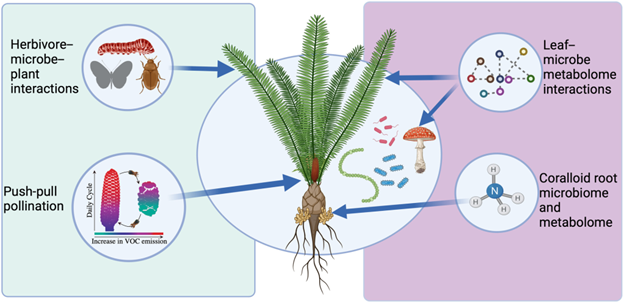
Review: Cycads, chemicals, and coevolution
Plant Science Research WeeklyCycads are an ancient lineage of gymnosperms with fascinating ecological interactions. In a recent review, Salzman et al. examine the various adaptations of cycads, from attracting pollinators to repelling parasites, focusing on the roles of their wide array of specialized metabolites. A somewhat unique…
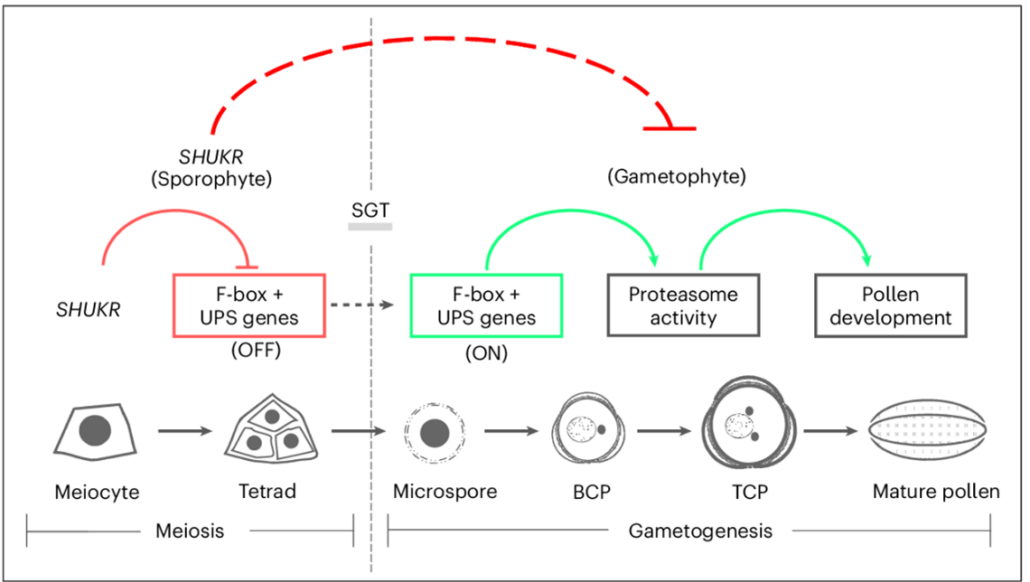
SHUKR in the sporophytic tissue directs male gametophyte development in Arabidopsis
Plant Science Research WeeklyIn flowering plants, reproduction involves the alternation of two generations: the diploid sporophyte and the haploid gametophyte. Traditionally, the male gametophyte was thought to develop autonomously with minimal regulation by the sporophyte. However, recent research by Sivakumar, Pandey, and Ramesha…

Classic regulators, new functions: FT and TFL1 shape Arabidopsis seed traits
Plant Science Research WeeklyFLOWERING LOCUS T (FT) and TERMINAL FLOWER1 (TFL1), two members of the phosphatidylethanolamine-binding protein (PEBP) family, are well-known regulators of flowering time and inflorescence architecture in Arabidopsis thaliana. However, recent work by Bigas et al. uncovers their additional roles in regulating…
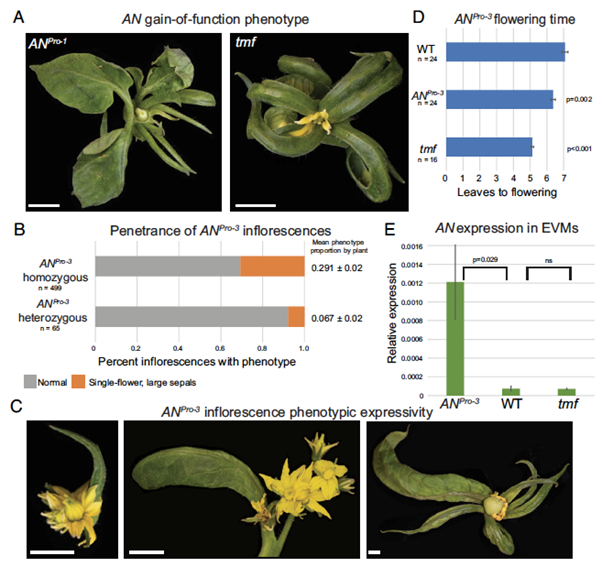
Developmental robustness from antagonizing cis-elements
Plant Science Research WeeklyDevelopmental transitions in plants are tightly regulated by transcriptional networks that require fine-tuned temporal and spatial control, with noncoding sequences in gene promoters playing a key role. The conserved transcriptional regulator UNUSUAL FLORAL ORGANS (UFO) is essential for floral development.…
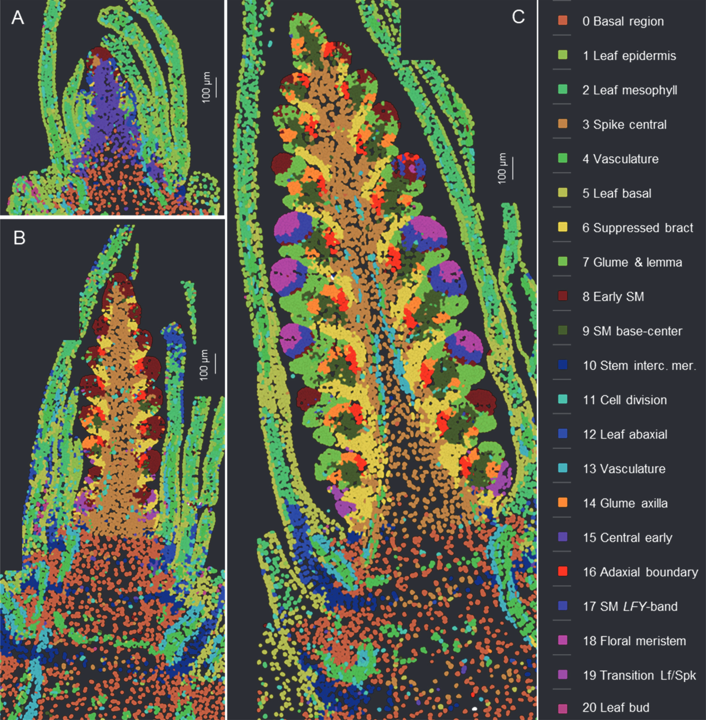
Single cell analysis of wheat spike development
Plant Science Research WeeklyThis preprint wins the award for “most beautiful paper” this week. Xu, Lin et al. carried out an expression analysis of developing wheat spikes at three developmental stages, using both single-cell RNA sequencing and single-molecule fluorescence in situ hybridization (smFISH). The wheat spike is…
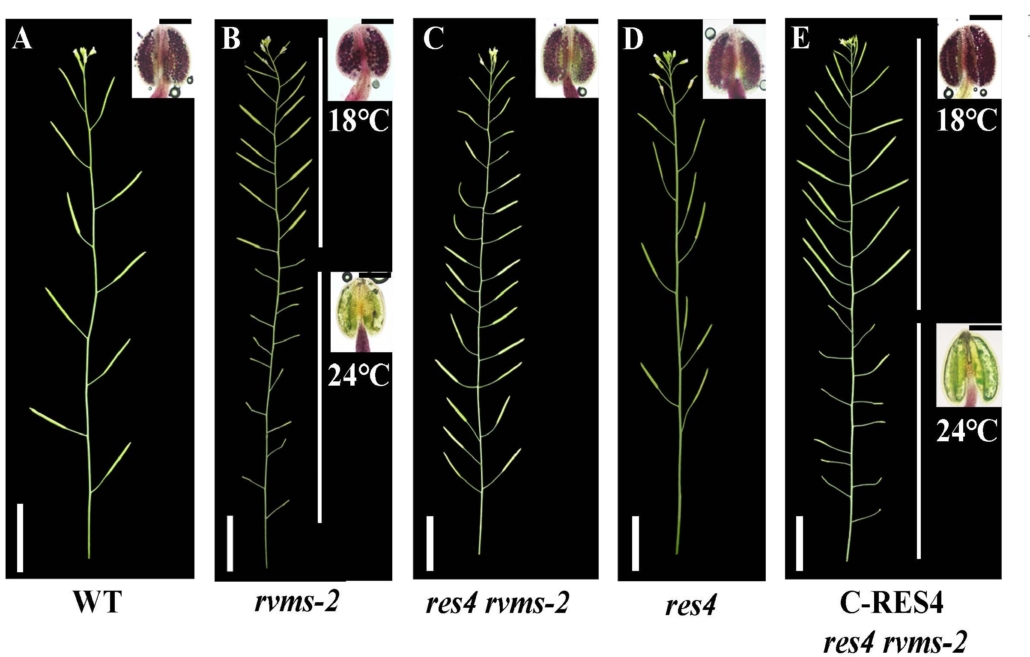
ATP-citrate lyase B1 regulates pollen development in Arabidopsis
Plant Science Research WeeklyThe genetic regulation of male fertility in Arabidopsis thaliana involves multiple factors, including ATP-Citrate Lyase (ACL), a key enzyme in cytoplasmic acetyl-CoA production. The thermosensitive male-sterile mutant reversible male sterile-2 (rvms-2) exhibits normal fertility at low temperatures but…

Dioecious dynamics: How male and female poplars shape microbial networks under stress
Plant Science Research WeeklyPlants actively shape the microbial community in their rhizosphere to optimize nutrient acquisition and enhance resilience against environmental stresses. Interestingly, in dioecious plants, male and female individuals play distinct ecological roles and evolve different environmental adaptability. For…
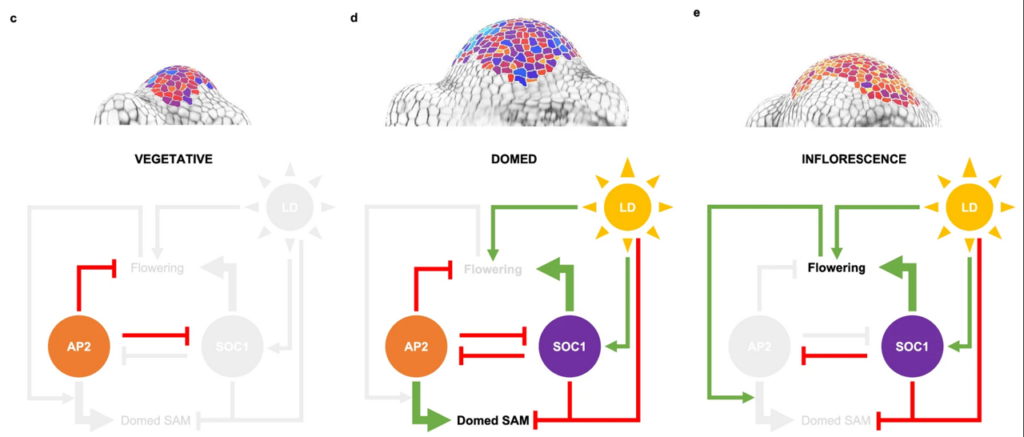
APETALA2 coordinates shoot apical meristem shape and identity during floral transition
Plant Science Research WeeklyThe study by Bertran Garcia de Olalla et al. investigated the role of the APETALA2 (AP2) transcription factor in Arabidopsis, particularly its influence on the shoot apical meristem (SAM) during the transition from vegetative to reproductive growth. AP2 is essential for the rapid increase in SAM height…

Rice tiller production regulated by sustained expression of FON1
Plant Science Research WeeklyNumber of tillers is one of the major determinants of yield in rice. MONOCULM1 (MOC1) and MOC3 have been reported to regulate tiller formation by promoting axillary bud formation and elongation of buds. MOC1 interacts with MOC3 and promotes the expression of FLORAL ORGAN NUMBER 1 (FON1), which increases…

